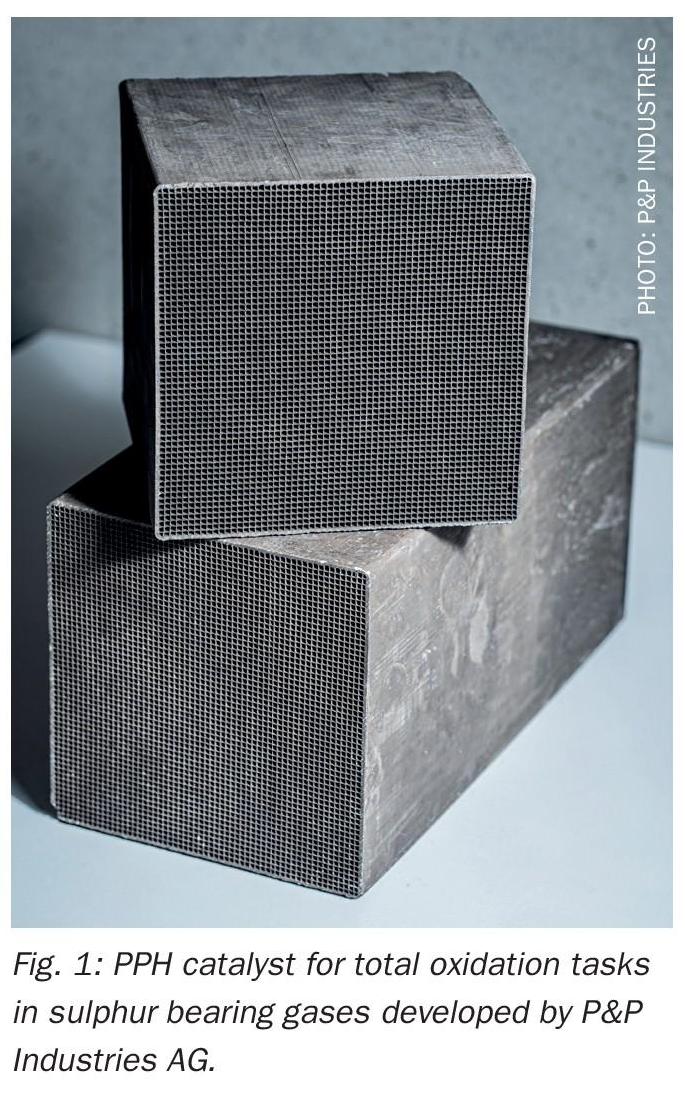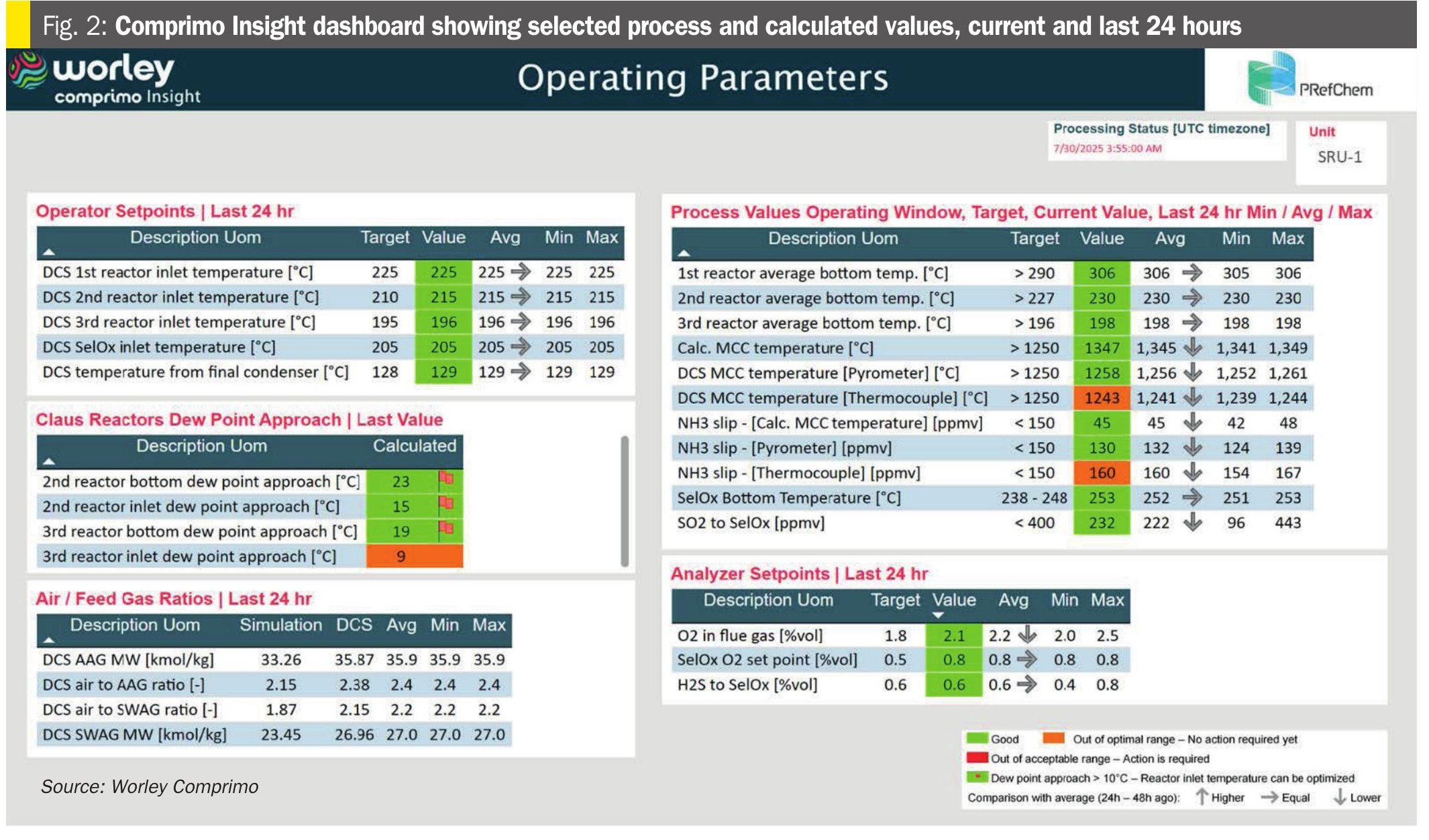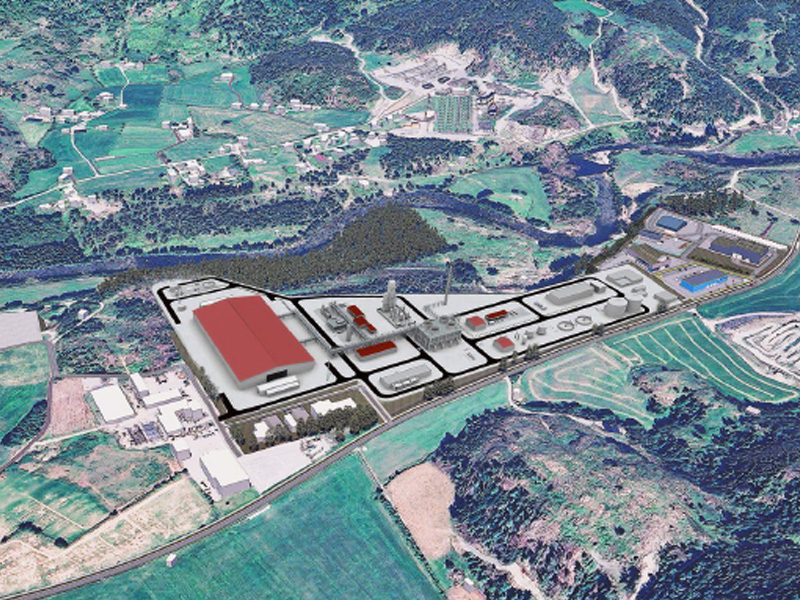Nitrogen+Syngas 381 Jan-Feb 2023

31 January 2023
Low carbon ammonia projects
AMMONIA
Low carbon ammonia projects
A review of the current slate of plans for green and blue ammonia production.

The ammonia industry is in the early stages of a process of profound change. The move from gas- and coal-based production to low carbon feedstocks, either hydrogen from water electrolysis using renewable power – green ammonia – or conventional sources with carbon capture and storage – blue ammonia – will be one of the defining changes in the industry over the next few decades. However, the scale and pace of adoption will depend upon a number of factors, from technological solutions to capital and operating expenses, and government inducements.
Technology
The technology is available, as discussed in our major article in the previous issue (Decarbonisation of ammonia and methanol, Nitrogen+Syngas 380, Nov/Dec 2022). However, it has not been used before at such scale, and many producers and licensors have chosen to proceed cautiously, via pilot and demonstration plants, or small-scale side feeds into existing facilities.
It is expected that blue ammonia, using carbon capture and storage, will be the major source of low carbon ammonia over the remainder of this decade, but CCS comes with its own set of issues, relating to the acidic behaviour of CO2 under pressure, if it comes into contact with water. While there are now a number of large scale CCS sites around the world gathering acid gas for reinjection into gas or oil wells (enhanced oil recovery or EOR), long term storage remains a topic of research and development, so most of the blue ammonia will be associated with existing oil and gas infrastructure. As Table 1 shows, blue ammonia projects currently cluster in the Middle East and the oil and gas producing states of the US, with some others in places such as Indonesia and Canada. They are also associated with current large scale nitrogen production sites with large producers who are familiar to the ammonia industry and hence a safer bet for investors and finance companies than novel green ammonia projects. Nutrien, for example, has been a pioneer in this regard and says that it already sequesters CO2 to make an equivalent of 1.0 million t/a of blue ammonia at its sites in North America. The company says that it expects to make a final investment decision this year on a plan to add carbon capture and storage at its Geismar, Louisiana site to sequester 90% of CO2 emissions, producing approximately 1.2 million t/a of blue ammonia. Germany’s thyssenkrupp Uhde has been selected as technology partner. Because of the involvement of existing producers and plants these projects are generally likely to go ahead, though some of the capacity figures (e.g. for the Ascension Clean Energy – ACE – project in Louisiana) are for notional future expansions rather than the initial phase of the project.
Green ammonia
The progress of green ammonia projects has been a different story. While there are some existing fertilizer producers involved, including Fertiberia, Yara and CF Industries, these are mainly in smaller-scale add-ons to existing production at present, though Yara has the goal of completely converting its Porsgrunn ammonia plant in Norway to renewable feeds by the end of the decade. However, the larger scale green projects are often much more speculative and dependent upon grants and other incentives to cover the initial investment cost. There are a number of projects in the few hundred thousand tonne per year size range now, as well as some very ambitious government-driven projects in the Middle East, such as the ACWA Power development at the new Neom technology city in Saudi Arabia. How fast these projects can come to market remains uncertain. Renewable feeds are notoriously fickle, and even in the sun-baked deserts of Arabia the sun does not shine half the time. Green production can be mixed with existing gas-based production relatively easily provided it only represents a smaller percentage of the feed, but at large percentages turn-down capacity for ammonia reactors becomes very relevant, and some kind of hydrogen storage, possibly quite expensive, must be considered.
Some green projects are also predicated on demand emerging in, e.g. the maritime sector for clean shipping fuels. While this demand is likely to emerge, how far and how fast remain open to question. Perhaps more certain is demand for ammonia as a co-firing power plant fuel in various Asian countries, but particularly Japan, which is likely to need several million t/a of ammonia by 2030 to meet carbon reduction targets.
Other technologies
Other routes are under study. In the US, Terrestrial Energy is partnering KBR to examine the feasibility of using nuclear power to electrolyse water for ammonia production using Terrestrial’s Integral Molten Salt Reactor (IMSR) technology.
As we discuss elsewhere in this issue (pages 30-31), reduction of methane to hydrogen and carbon – sometimes described as ‘turquoise’ hydrogen – is also under study, though the technology remains unproven at scale and the size of the market for carbon black could limit its applicability.
Finally there is also the prospect of biomass-based or similar feeds. Yara is using biomethane as a feed to its ammonia plant at Cubatao in Brazil, and expects to have converted 3% of the feed by the end of this year, with the eventual aim of running the entire facility on biomethane by 2030.
Speed of development
If all of the projects, including speculative ones, were taken into account, then there could be tens of millions of tonnes of low carbon ammonia operational by 2030. More realistically, there are likely to be several large blue ammonia projects and a larger number of smaller green projects. World-scale green projects may need government backing to de-risk the investment cost. Argus has estimated that total installed capacity for green and blue ammonia could reach 10-15 million t/a by 2030, rising to several times that by 2040 as a price premium for low carbon ammonia develops as a result of government policies on low carbon taxation, helping to drive new investment, and assuming that as larger scale installations are made, the cost of electrolysers and of renewable power are also likely to fall. By 2040, Argus estimates, green ammonia could achieve cost parity with conventional ‘grey’ ammonia f.o.b. Middle East even without government incentives, at which point the pace of development is likely to pick up markedly.








